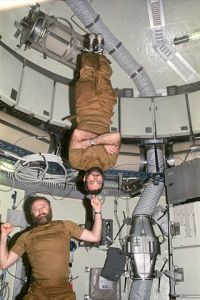
Oklahoma Flag
Oklahoma became the forty-sixth state of the United States in 1907. French trappers visited the area around 1700. Several Native American groups were relocated to Oklahoma, only to be forced out later. Oil and gas were and still are important sources of income. Oklahoma’s name can be traced to a Choctaw word okla humma, meaning land of the red people. Its nickname is the Sooner State. Oklahoma ranks 20th in size and 35th in population. Oklahoma City is the capital. Idea: Oklahoma has a panhandle. Children could look at a United States map and find out which other states also have panhandles. Children can visit the America’s Library website and learn about kolaches at: Oklahoma.
